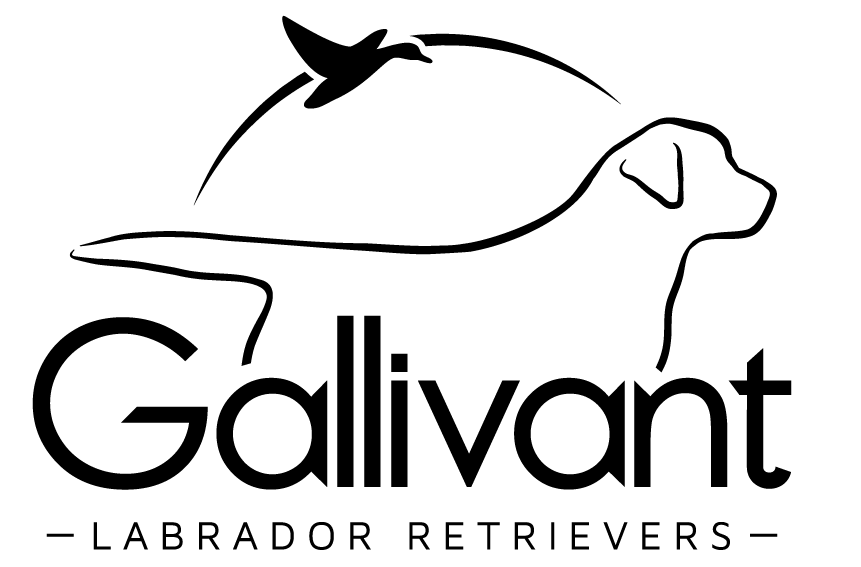Holiday Treats Your Dog Should Never Eat
With the holidays around the corner, it's a good time to refresh your knowledge about foods that can be dangerous for your dog. With tables laden with festive dishes, sweets, and snacks, it's hard to resist those pleading puppy eyes from the floor. While a small taste here and there is perfectly harmless—and your dog certainly appreciates it—some foods can be extremely harmful even in small amounts, leading to serious issues like vomiting, diarrhea, seizures, kidney failure, and even death. In this blog post, you'll learn about the most dangerous foods on your holiday table, how to recognize the warning signs, and what steps to take if your dog gets into something they shouldn’t.
Chocolate
It's well known that dogs can't have chocolate due to its high content of theobromine, a compound that dogs can't metabolize efficiently. When ingested, theobromine can cause an increased heart rate, high blood pressure, restlessness, vomiting, diarrhea, rapid breathing, tremors, and seizures. Chocolate toxicity can be fatal depending on the type and amount ingested. Dark chocolate, which contains significantly more theobromine than milk or white chocolate, is the most dangerous. As a rule of thumb, toxicity levels are reached at approximately 0.5 oz/lb for milk chocolate and 0.13 oz/lb for dark chocolate. Online chocolate toxicity calculators are helpful, but individual dogs vary in sensitivity to theobromine, so symptoms may differ.
Xylitol
Xylitol, a common sugar substitute, is often found in sugar-free or low-sugar products, including non-food items like nasal sprays, skincare products, toothpaste, medicines, and supplements. Sugar-free gum is a common source of xylitol poisoning. Even tiny amounts (under 0.1 grams/kg or 0.0016 oz/lb) can cause severe hypoglycemia (low blood sugar) and seizures, while larger amounts may result in liver failure. Symptoms may appear within the first hour after ingestion and can include vomiting, lethargy, loss of coordination, tremors, seizures, and even coma. Dogs that develop liver failure may not show signs of hypoglycemia first, making xylitol especially dangerous.
Nuts
Certain nuts are toxic to dogs, including almonds, hazelnuts, macadamia nuts, pistachios, pecans, walnuts, and hickory nuts. Symptoms vary by nut type but may include gastrointestinal upset, seizures, and liver damage. Nuts that are safe for dogs, such as Brazil nuts, cashews, chestnuts, peanuts, and pine nuts, should be given in moderation due to their high-fat content, which can upset a dog’s stomach. It’s best to give dogs only plain, unseasoned nuts, and to always remove the shells. Nut shells can create choking and blockage risks and, in extreme cases, may perforate the intestinal tract.
Grapes and raisins
Grapes in any form (fresh, raisins, jelly, jam and juice) are extremely toxic for dogs and dangerous doses begin at only 0.18 oz/lb - thats about 4 grapes for a 20-pound dog! This toxicity is due to tartaric acid, which can cause vomiting, diarrhea, excessive thirst, and kidney failure. The tartaric acid content varies based on grape type, growing region, and harvest time, so dogs may react differently even to similar amounts of grapes.
Alcohol
Dogs metabolize alcohol very differently from humans, making even small amounts dangerous. Ingesting alcohol can lead to lethargy, stomach upset, lack of coordination, breathing difficulties, low body temperature, low blood sugar, and seizures. Dogs may be exposed by drinking from alcoholic beverages or by ingesting raw dough or household items containing alcohol, like hand sanitizers, soaps, sprays, or shampoos.
What To Do If The Worst Happens
Even with our best efforts to keep dogs safe, accidents can happen—especially during the holidays when the house is bustling with guests and kids, tables are filled with snacks, candy, and drinks, and it’s easy to be distracted while hosting. If your dog ingests a small amount of unsafe food, contact your vet or the Pet Poison Helpline to determine if veterinary care is needed. If your dog shows symptoms or has consumed a dangerous amount of toxic food, it’s off to the emergency vet!
Be sure to bring along information about the food your dog ingested (or even better, the food itself). The vet will need these details to identify the specific toxins involved and select the best treatment. In some cases, the food or drink may contain multiple toxic substances—such as alcohol and xylitol—which may require different treatments. If your dog has vomited after ingesting the toxin, be sure to clean it up right away if other animals are in the home, as they could ingest it and become poisoned as well.
At the vet, treatment will vary based on the type of poisoning. If symptoms haven’t yet appeared, or if the ingestion occurred very recently, the vet may try to remove the toxin from your dog’s stomach or intestines by inducing vomiting or administering a laxative.






